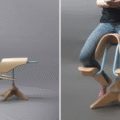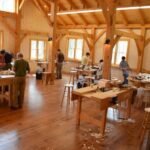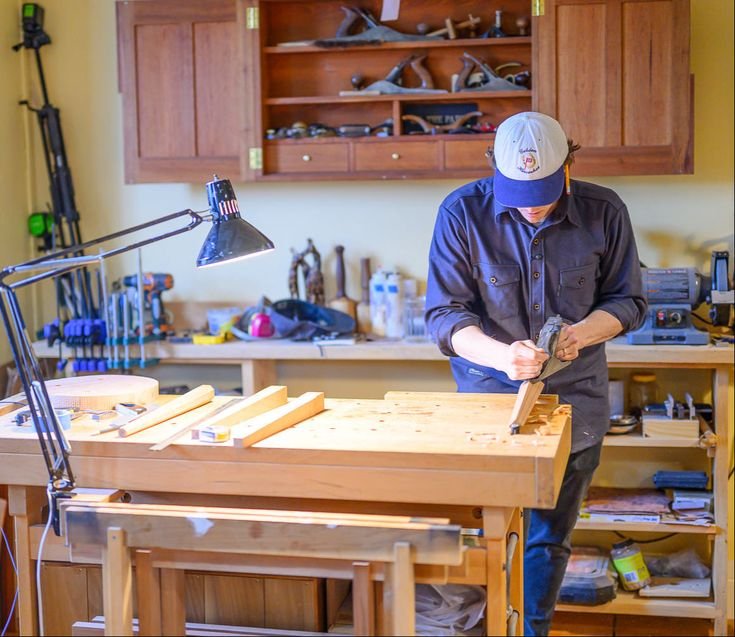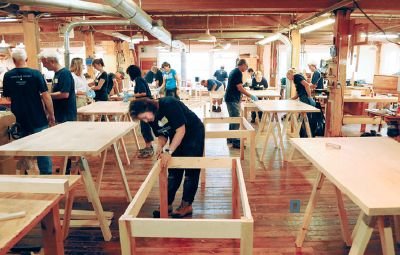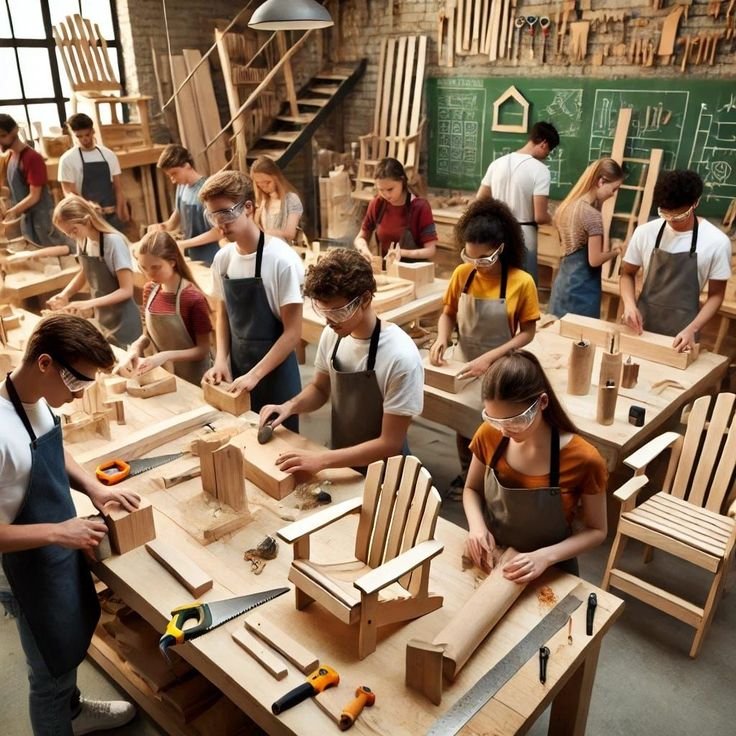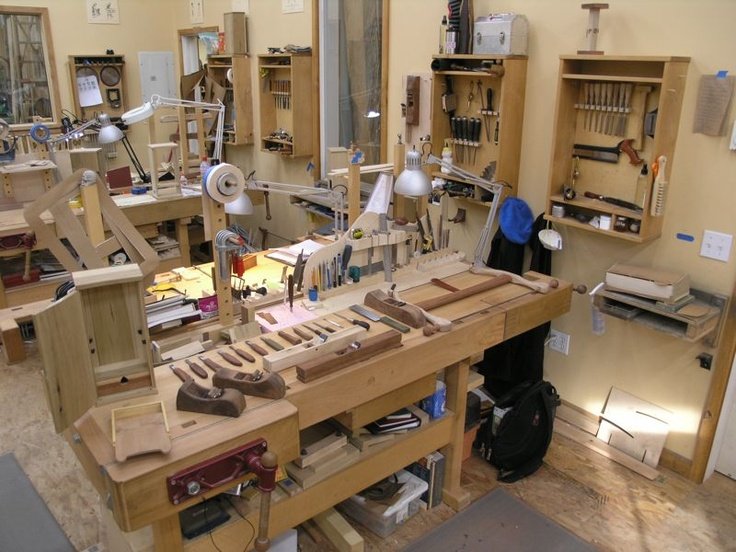The Search for the Right Wood Glue: A Woodworker’s Tale
So, picture this: I’m sitting in my garage, coffee in hand, tools scattered around like a twister just hit the place. It’s one of those crisp fall mornings here in small-town America, when the leaves have turned that perfect shade of golden brown, and you can practically smell the wood smoke from a neighbor’s chimney mingling with my morning brew. I decided it would be a great day to tackle a little project I’d been mulling over—a simple wooden bench, you know, the kind you put in your backyard for those lazy weekend afternoons.
Now, I’ve been tinkering with wood for a while, but I need to tell you, the whole glue situation? It’s a love-hate relationship.
The Glue Blind Date
It all started with me standing in the aisle at the local hardware store. I was squinting at shelves filled with all kinds of wood glues. Some said “extra strong,” others promised “waterproof.” I felt like I was on a blind date with a bunch of do-or-die candidates. “Is this one going to hold up?” “What if it fails me mid-project?” Honestly, I had no idea why there were so many options—wasn’t glue just glue?
Well, after standing there, feeling a bit overwhelmed, I figured I’d go with that classic Titebond III. Everyone seems to rave about it, and I thought, “If everyone’s using it, it must be good.” Little did I know, my love story with this glue was just beginning when I first opened the bottle and took a whiff. It had this sweet, sorta earthy smell—definitely not what I expected from a bottle of goo that’s basically designed to stick wood together!
The First Struggle
So anyway, I got home and laid out my cedar boards, all fresh and warm from the lumberyard. Threw on some tunes, got my clamps ready—did I mention I love the sound of wood clamping? It’s like a soft ‘snap’ that echoes through the garage. Meticulously, I spread that Titebond on one of the boards, and I felt like an artist painting a masterpiece.
But, like a sitcom protagonist, it was all smooth sailing until it wasn’t. I slapped that board down, lined it up just right, and tightened the clamps like my life depended on it. I must’ve been five minutes into my “perfect project” when I realized—uh oh, I’d put too much glue on. It was oozing out the sides like it had a mind of its own.
I almost threw my hands in the air and gave up. I mean, what’s worse than a glue explosion on day one of a project? The classic “I-should’ve-read-the-instructions” moment kicked in, and I chuckled at how easy it is to get carried away when you’re on a woodworking high.
The Revelation
So, there I was, wiping the excess glue with a rag, mumbling to myself about how I should’ve learned to measure before pouring. As the minutes ticked away, I noticed something magical. When I looked at those boards, they were sticking together, really sticking together. That Titebond was living up to its reputation. After a few hours, I had this solid-looking bench forming, and I’m pretty sure I could sit on it without looking back.
That was when I realized that glue isn’t just a material—it’s the heart of woodworking. It holds everything together, just like the people in our lives. A little patience, a little mess, and it works out. The next morning, after letting it cure overnight, I could hardly believe my eyes. I felt like a proud parent.
Stumbling to Success
Then came the final touches: sanding it down to a silky smooth finish. I donned my sanding mask and got to work. The sound of the sander whirring, the smell of freshly cut wood—ah, it all felt so right. I could hear the birds outside, and for a moment, everything was quiet except for that sander and the rhythmic crunch of dust flying everywhere.
But here’s where I stumbled again. I got some stain to give it that rich color. And, guess what? I didn’t check if the glue was really fully cured. Turns out, moisture in wood can affect glue bonds, and I had a few spots that were still slightly tacky. As I brushed on that beautiful walnut stain, I watched some areas of glue get all gloopy and discolored. I laughed, because at this point, what else could I do?
The Finish Line
But eventually—and I mean eventually—I got it to a place where I was proud to show it off, and when I finally stepped back to admire my handiwork, I felt that warm glow of accomplishment. The bench turned out way better than I’d hoped, even if it was a little bumpy getting there.
In the end, it wasn’t just about the project—it was about the process, those little learning moments that come bundled with every bead of glue.
A Thought to Chew On
So if you’re out there thinking, “I want to make something with wood,” just go for it. Don’t let the fear of glue mishaps stop you. Embrace the mess, enjoy the ride, and remember that even if things don’t go as planned, you might just come out with a beautiful behemoth of a bench (or whatever you’re crafting). And hey, if I can learn to handle wood glue without crying, so can you!


